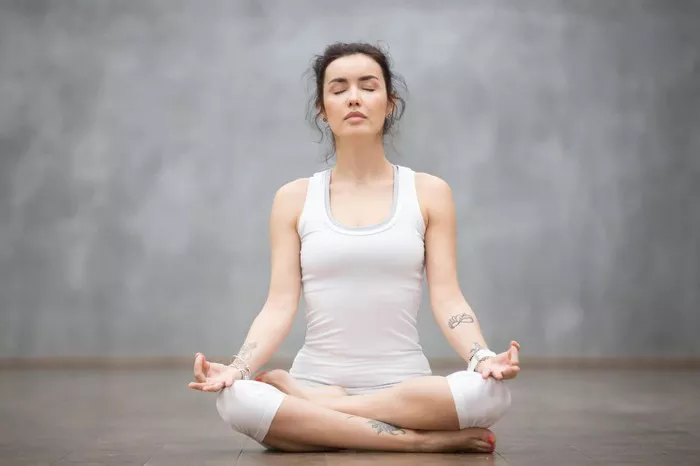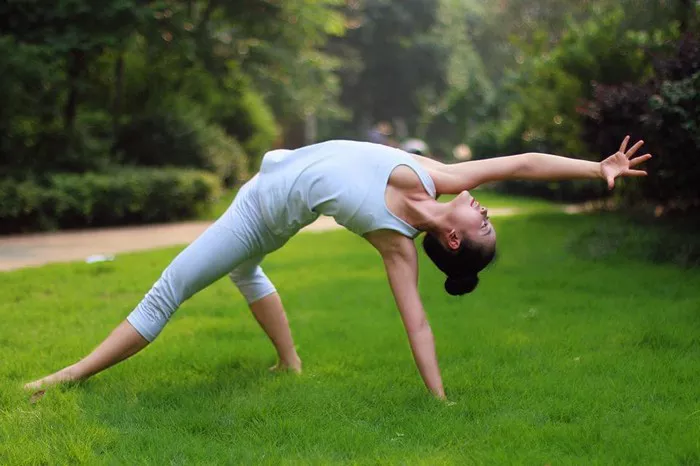Pranayama, the practice of controlled breathing, is a fundamental aspect of yoga. However, the question arises: can we do pranayama before yoga, or is there a specific sequence to follow for optimal practice? This article delves into the relationship between pranayama and yoga, examining whether it’s suitable to incorporate pranayama before the physical asanas.
Understanding Pranayama and Its Role in Yoga
Pranayama, derived from the Sanskrit words ‘prana’ (life force) and ‘ayama’ (extension), is the ancient practice of controlling the breath. It is a vital component of yoga, alongside asanas (postures) and meditation. Pranayama techniques involve conscious regulation of breathing patterns, which influence the flow of prana throughout the body. By manipulating the breath, practitioners aim to balance their energy and attain a state of physical and mental harmony.
The Sequence of Yoga Practice
Traditionally, yoga practice follows a specific sequence, often referred to as the Eight Limbs of Yoga as outlined by Patanjali in the Yoga Sutras. These limbs include ethical guidelines (Yamas and Niyamas), physical postures (Asanas), breath control (Pranayama), sensory withdrawal (Pratyahara), concentration (Dharana), meditation (Dhyana), and ultimately, absorption or enlightenment (Samadhi).
Within this framework, pranayama typically follows the practice of asanas. Asanas prepare the body for pranayama by releasing tension, increasing flexibility, and enhancing the flow of energy. Therefore, in the traditional yoga sequence, pranayama is practiced after asanas.
Can Pranayama Be Done Before Yoga?
While the traditional sequence advocates for pranayama after asanas, there may be instances where practicing pranayama before yoga is appropriate. It’s essential to consider individual circumstances, preferences, and intentions when deciding on the sequence of practice.
When Pranayama Before Yoga Is Suitable
1. Preparation for Asanas: If the goal is to deepen the asana practice, starting with pranayama can help prepare the mind and body for the physical postures. Pranayama can promote relaxation, focus, and awareness, making it easier to transition into the asana practice.
2. Stress Reduction: In situations where stress or anxiety is prevalent, beginning with pranayama can be beneficial. Controlled breathing techniques have been shown to induce a relaxation response, calming the nervous system and reducing stress levels. This relaxed state may facilitate a smoother transition into the asana practice.
3. Energy Cultivation: Some practitioners prefer to begin with pranayama to awaken and channel prana before engaging in the physical aspect of yoga. By directing the breath, practitioners can stimulate energy flow throughout the body, enhancing vitality and mental clarity.
4. Time Constraints: In certain circumstances, time constraints may necessitate a modified sequence of practice. If there’s limited time available for a full yoga session, incorporating pranayama before asanas can ensure that both breathwork and physical movement are included in the practice.
Considerations for Pranayama Before Yoga
While practicing pranayama before yoga can be suitable in certain situations, there are important considerations to keep in mind:
1. Warm-Up: Regardless of the sequence, it’s crucial to warm up the body before engaging in any physical activity, including yoga. Starting with gentle movements or stretches can prepare the muscles and joints for the asana practice.
2. Mindfulness: Whether beginning with pranayama or asanas, cultivating mindfulness is essential. Paying attention to the breath, sensations, and thoughts can deepen the mind-body connection and enhance the overall yoga experience.
3. Individual Needs: Every individual is unique, and what works for one person may not be suitable for another. It’s essential to listen to your body, honor your limitations, and adapt the practice accordingly.
4. Progression: If choosing to practice pranayama before yoga, consider gradually incorporating more advanced breathwork techniques as proficiency increases. Starting with simple techniques such as deep belly breathing or alternate nostril breathing can lay the foundation for more complex practices.
Conclusion
In conclusion, while the traditional sequence of yoga places pranayama after asanas, there are instances where practicing pranayama before yoga can be appropriate. By considering individual needs, intentions, and circumstances, practitioners can determine the most suitable sequence for their practice. Whether starting with pranayama or asanas, cultivating mindfulness and honoring the body’s needs are essential principles of yoga practice. Ultimately, the goal is to create a harmonious integration of breath, movement, and awareness, leading to a deeper experience of yoga’s transformative power.



















